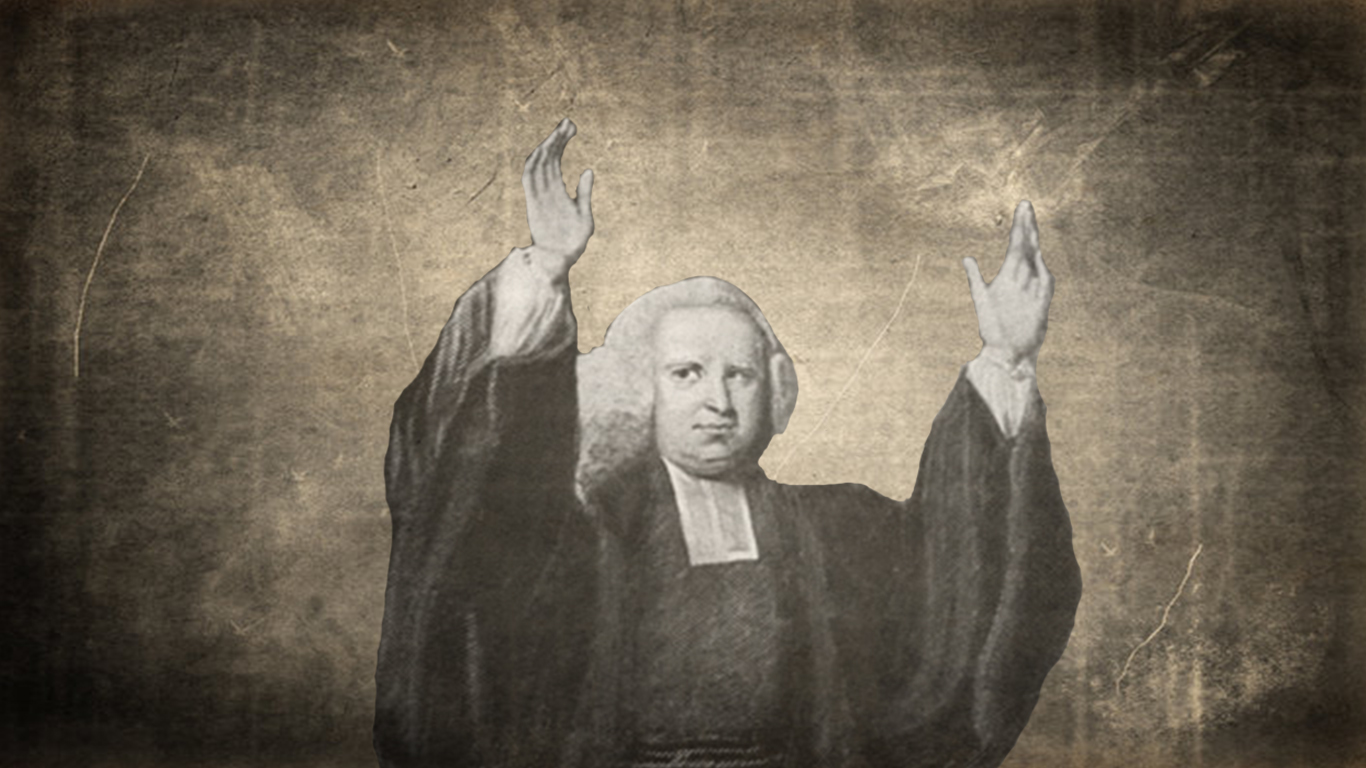FOREWORD by Haddon W Robinson
My grandmother lived in Northern Ireland, and I visited her once when I was a lad about eight years old. When I met her, she was wrinkled, had snowy white hair, and stooped a bit under the weight of her years. I felt I knew my grandmother. She was that thin old lady who gave me cookies and told me how much I resembled my grandfather who had died many years ago.
Recently, I visited Ireland again and talked with cousins who knew my grandmother far better than I. They pulled out faded yellow photographs of grandma when she was a girl and later when she was first married. They shared their memories based on knowing her much longer than I did. I came away from that second visit wondering if I ever really knew my grandmother at all.
For many modern readers, the Old Testament narratives resemble my memories of my grandmother. We know them, but then again we hardly know them at all. Some of us grew up hearing these stories, and they form up in a part of our memory bank. We listened to them at home curled parent's lap, or we saw them pasted on flannelgraph boards in Sunday school, our short legs dangling from the big chairs. We identified with David, the brash teenager with a slingshot in hand, taking on Goliath, who resembled the bully at our grade school. We smirked at the neighbors who mocked Noah and his boys for building a boat miles from the nearest lake because we knew how the story came out, and we decided the moral was not to laugh at someone doing something strange because you might need them later on if you were drowning in a flood. We pictured Moses and Aaron battling Pharaoh much like the Lone Ranger and Tonto standing up against the bad guys, or we admired Daniel taming the lions in their den at the zoo. We knew these stories well, but we may not have known them at all! Because we thought of them as simple little stories, we missed how thick they were with meaning.
In recent years, many literary critics, both Christian and Jewish, have also read the stories again for the first time. Instead of regarding the narratives as cadavers to be dissected and "demythologized," they began to approach them for what they were sophisticated literature of great significance and splendid power.
Because narrative makes up the dominant genre of the Old Testament, biblical preachers need to revisit those narratives. As adults, we can look at the stories with fresh eyes, and we can develop an appreciation for the skill of the authors who composed them. They were not only corking good storytellers, but they were also brilliant theologians who taught their readers about God through stories. We can read these old, old stories in a new way and sense how much they speak to the condition of modern hearers. More than that, we can see God through them.
One of the strongest reasons for a serious and fresh study of Old Testament narratives is reflected in the sad history of what happens when we misread them, read them poorly, or read them to prove a point outside the purpose of the biblical storyteller. In fact, the more committed we are to the authority of Scripture, the more dangerous it is to read the narratives incorrectly. There is no greater abuse of the Bible than to proclaim in God's name what God is not saying. God commands us not to bear false witness.
In this book, Steve Mathewson helps us to read Old Testament narratives perceptively. As you study them, you will realize they are not quaint tales crafted to teach children simple moral lessons. They are great literature, every bit as powerful as Homer, Milton, Shakespeare, or Hemingway. And as God breathed literature, they speak to the entire person. I commend Steve Mathewson as a thoughtful guide to help us get a handle on the great stories of the Bible. I also commend him as a preacher who provides some very able leads on how to effectively communicate these stories to modern listeners.
Haddon W. Robinson
2002 by Steven D. Mathewson
The art of preaching Old Testament Narrative
